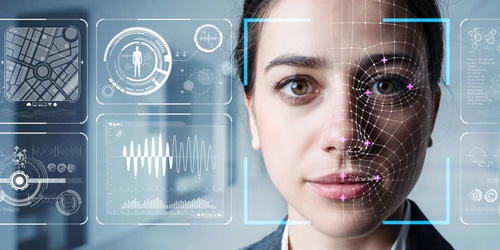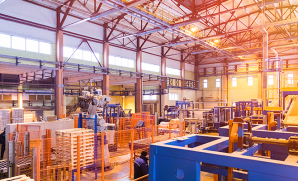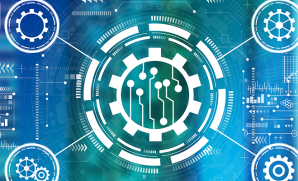Is your workplace safe and ready for the post-pandemic world?
Publish Date: November 19, 2020It may sound like a distant dream of the past, but a late 2019 study revealed that nearly 45% of companies in the United States allowed remote work. Companies were already working on leveraging digital strategies to tap into skilled talent beyond borders or streamline HR operations across global offices.
Yet all careful and deeply thought-out strategies and business continuity plans went out the window when the COVID-19 pandemic set in. In a matter of days, organizations were either forced to move entire operations to digital, comply with strict pandemic norms while working in person with limited capacity, or shut down offices entirely.
More than half a year since the beginning of the pandemic, we have not only seen new ways of remote-working getting acceptance – even some announcing work-from-home models permanently or in some hybrid form. The terms’ happy’ and ‘great’ workplace carry drastically different meanings in the new world order.
A centralized view of EHS-readiness
Business leaders are looking to achieve centralized, engaging, efficient, and compliant operations throughout and beyond their reopening processes to empower and protect enterprises – from the workforce to the workplace. But what does employee happiness look like in the new normal?
The first and foremost, of course, is the duty of businesses to keep their resources safe. Every employer has the solemn responsibility to maintain and secure the functionality of their work so that their people can thrive with confidence. Before the pandemic, ‘feeling safe at work’ meant fire drills, sexual harassment seminars, and such, which cannot be taken for granted anymore. Given the hyperawareness around ‘COVID-proofing’ – employees don’t want their workplaces to be just clean and have real-time contingency measures across downtime or crisis scenarios.
Furthermore, research from the accelerated adoption of video communication shows digital native employees are increasingly comfortable with digital tools and ways of working. Even better than the usual ‘open door’ policies, HR suggestion boxes, hotlines, and regular team meetings, employees want to be heard and make their voice heard. These ad-hoc trends have sparked intense deliberations among the EHS (Environmental Health and Safety) community and virtual panels across global enterprises.
One of the hottest technologies offering a single, comprehensive suite, i.e., The ServiceNow Workplace Safety Suite, is effectively using ‘service delivery automation’ to solve urgent business problems. Let us understand how the power of the Now Platform’s ‘workflow workhorse’ gives businesses everything they need for reopening safely, enabled by artificial intelligence.
Safe integrations to ensure a safe return to the workplace
A safe and triumphant return to the workplace means workforces will require a complex framework, protocols, and practices that lays out the exact expectations of all stakeholders’ well-being. Any cross-functional approach will prioritize employee safety above all else – while ensuring satisfaction through rich-culture experiences. This is where the ServiceNow Workplace Safety Suite offers a great starting point and foundation for recovery and resiliency, although workplace risks vary across countries and even on local levels.
As a ServiceNow partner, YASH leveraged the same platform across geographies during the pandemic. We used the suite to track PPE inventory, inform and educate employees about the new rules of engagement, and implement quick pivots as and when WHO (and local quarantine) guidelines were rolled out.
For instance, in terms of compliance at a local level, the Indian team plugged the government’s case-monitoring and tracing mobile app ‘Arogya Setu’ as per the given guidelines. Looking at the need for safe transit for employees to the office (who needed to), we even built-in ride-hailing apps, including Uber. All of this was done after consolidating the ‘must-have’ best practices across industries, geographies, and new HR and EHS intelligence.
And why not? It’s profitable!
The biggest failures and learnings from our response to this crisis have shown estimated benefits in the form of nearly 20,000 hours saved annually only by avoiding manual efforts and real-time data. For every 10,000 employees, studies have shown savings in labor costs to the tune of an additional $1 million.
Bringing employee sentiment to the point of confidence and trust, after all, is not a mere short-term affair. It requires relentless efforts, deep collaboration, and digital enablers to turn employees into long-term leaders who can survive – rather thrive – through crises like the pandemic.
Looking to implement or tailor the ServiceNow Workplace App with any integrations that may benefit your bottom line? Feel free to explore our pre-packaged solution that can get you up and running within two weeks!


















